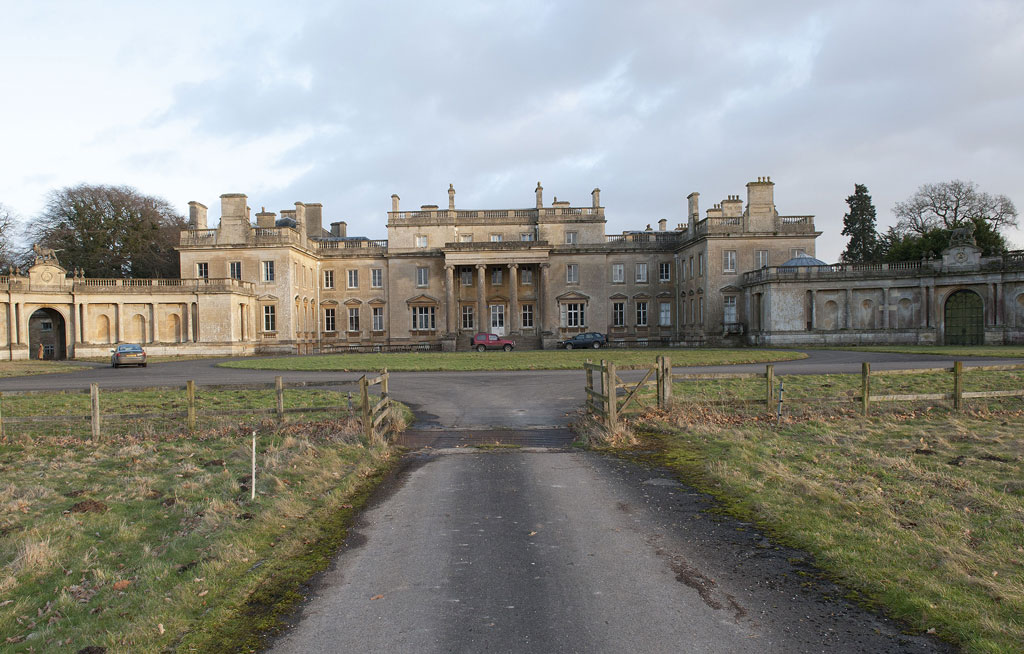
Cotton provides a masterclass in estate administration for trustees & practitioners, as Andrew Willetts explains
When the seventh Earl of Cardigan achieved historical immortality by commanding the recklessly heroic charge of the light brigade at the battle of Balaclava during the Crimean war it is unlikely that he would have envisaged that his modern day descendants would be forced through straightened finances to sell the ancestral seat. However that is exactly what has come to pass in the recent Court of Appeal decision in Cotton & Anor v Brudenell-Bruce, Earl of Cardigan & Ors [2014] EWCA Civ 1312.
The appeal in Cotton concerned the High Court’s approval of the sale of the grade 1 listed mansion, Tottenham House, which had been placed in a family trust since the 1950s. In recent times the trust had become increasingly cash strapped and dependent on bank loans to fund insurance policies and general upkeep on the trust property. The trust had no money left and the trustees had little choice but to propose the sale of Tottenham House or face the prospect of the banks calling in











